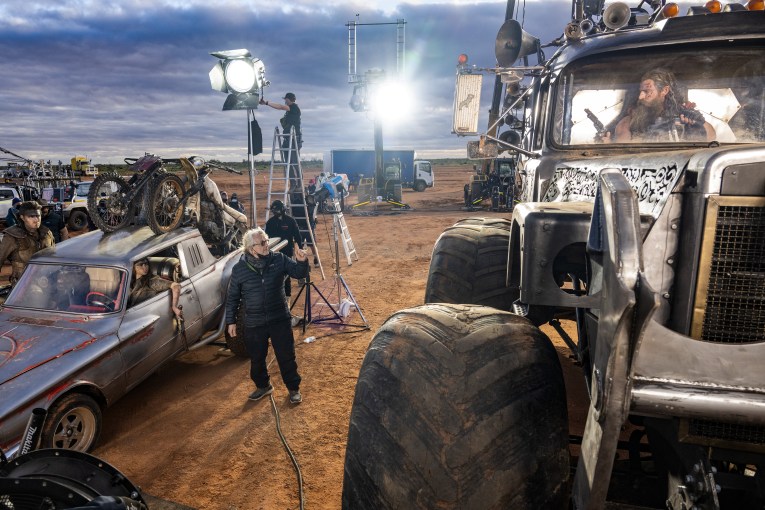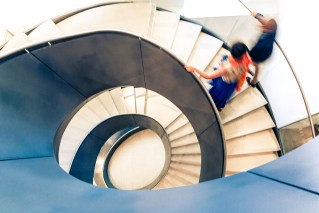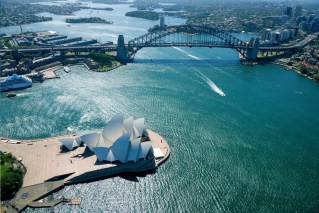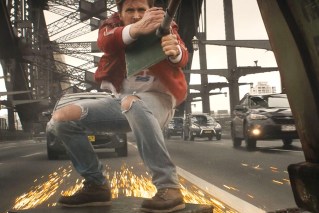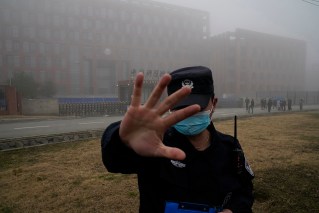Earthquake safety advice for tourists to Japan

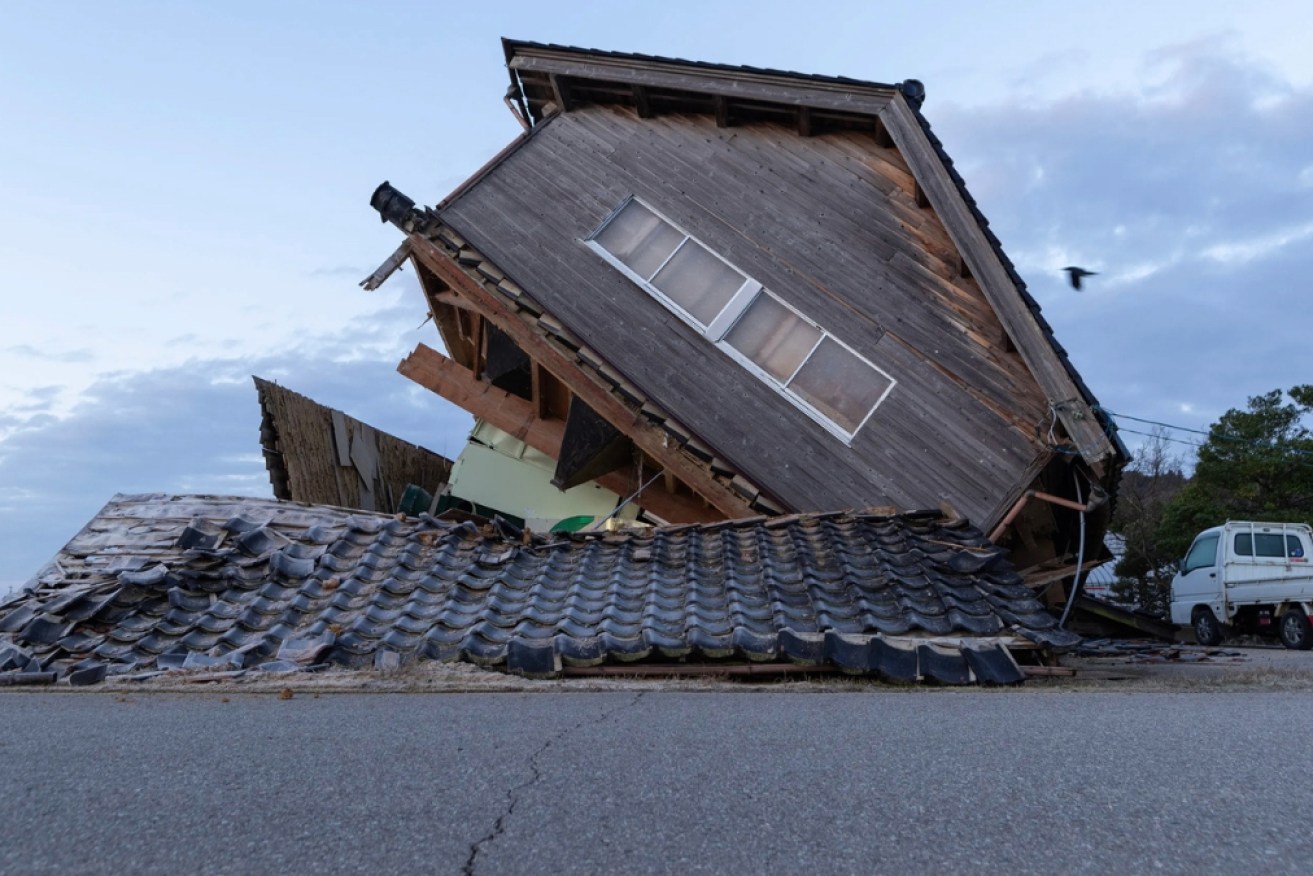
An earthquake with a similar magnitude to this year's New Year's Day tremor will likely hit Tokyo in the coming years. Photo: Getty
Tokyo and surrounding areas were rocked this week by a magnitude 4.8 earthquake, mere weeks after a deadly 7.6 earthquake hit Japan’s western coastline.
No one was killed as a result of the latest earthquake, unlike the New Year’s Day event which caused hundreds of fatalities.
But Tokyo’s luck won’t last forever – and Australian tourists, many of whom have little to no experience with earthquakes, should be prepared for the worst.
Disaster to hit within 26 years
Experts estimate Tokyo, one of Japan’s main tourist destinations, has a 70 per cent chance of being hit by a magnitude 7.3 earthquake by 2050.
When an earthquake of that force hits, fatalities could reach 6100, according to a 2022 Tokyo Metropolitan Government report.
More than 4 million people could be left without homes, all while facing the risk of an ensuing tsunami and eruptions from nearby volcanoes, including Mount Fuji.
This could happen any day in the next 30 years, but many tourists travelling through Japan would be largely oblivious to such risks.
Australians love to visit Japan; almost 280,000 Australians made the trip between June 2022 and May 2023, Australian Travel Industry Association data found.
But for many Australians, the worst local earthquake in recent memory would be the 5.9 magnitude tremor that hit Woods Point, Victoria in 2021, which was strongly felt in surrounding areas but resulted in no fatalities and limited damage.
University of Melbourne PhD researcher in earthquake geology James La Greca said the massive earthquake forecast to hit Tokyo would involve about 125 times more energy release than the Woods Point quake.
How to prepare for the big one
The date of the forecast earthquake can’t be predicted, which is a scary prospect for anyone looking to travel through or live in Tokyo over the next couple of decades.
La Greca said the prospect of the strong earthquake shouldn’t put people off visiting Japan – but they should be aware of the high risk, and prepare accordingly.
While the average Japanese household would have an earthquake emergency kit on standby, La Greca said tourists likely won’t need to lug one around themselves, especially if they’re already carrying some extra food and a portable phone charger.
But travellers should strongly consider downloading an app such as ‘Safety Tips’, a mobile app with an English-language option created by the Japan Tourism Agency which alerts users of seismic activity at magnitude 4 or above, and gives tsunami warnings as well.
Similar apps to consider include ‘NERV Disaster Prevention’ and ‘Yurekuru Call’.
Video from NHK of a moderately strong earthquake that hit Tokyo at 9AM this morning. (This camera was on top of a multi-story building so it was probably considerably less shaky for people on lower floors) pic.twitter.com/aohIYqdio4
— Jeffrey J. Hall 🇯🇵🇺🇸 (@mrjeffu) January 28, 2024
“[An earthquake] might start 40km away from you, but before that great shaking actually reaches you, seismometers near the epicentre have already received it,” La Greca said.
“And almost instantaneously they can input a warning for users … and it will give you probably a few seconds, depending on how far away you are from the epicentre, to be able to drop, cover and hold.
“You should do this until the shaking finishes.”
If you’re inside and tremors are intense, he said you should take cover under a table if possible, and avoid going outside until the shaking is over to avoid the risk of building, streetlight or powerline debris falling on you.
While new builds in Japan are built to withstand earthquakes, older buildings are less resilient; in 2018, about 30 per cent of pre-1981 public buildings were labelled at risk of collapse in the event of a magnitude 6 earthquake or higher.
Fire is also a significant risk in the aftermath of earthquakes if electrical appliances and gas lines are damaged, especially in areas with a high number of wooden buildings.
After a magnitude 7.9 earthquake hit Tokyo in 1923, fires broke out in 98 locations, destroyed 40 per cent of the city and killed thousands of people.
The Tokyo Metropolitan Government’s 2022 report predicts in a future major earthquake that more than 3000 people will die because of collapsed buildings and more than 2000 will die because of fires.
Aerial footage from the fire that has broken out in Wajima, Japan after today’s earthquake: pic.twitter.com/wnds6ZsnIn https://t.co/6DrFe92Mpq
— Jeffrey J. Hall 🇯🇵🇺🇸 (@mrjeffu) January 1, 2024
If you’re already outside when a quake hits, La Greca said you should keep low to the ground, try to find cover and brace yourself.
“In the instance of a really intense earthquake that you might find in Tokyo, or anywhere in Japan … it’ll probably knock you off your feet anyway,” he said.
“So getting down on the floor and preparing for it is probably the best thing.”
After the immediate shocks have subsided, head for higher ground until it’s confirmed there is no risk of a tsunami.
Then head to a safe location such as an evacuation centre, get in contact with the local Australian embassy – and be prepared for “chaos”.
“Critical infrastructure could potentially be cut off, including electricity,” La Greca said.
“[There] could be fires that potentially break out in the city, and there could potentially be difficult access to drinking water due to cut pipes or broken gas mains.”
